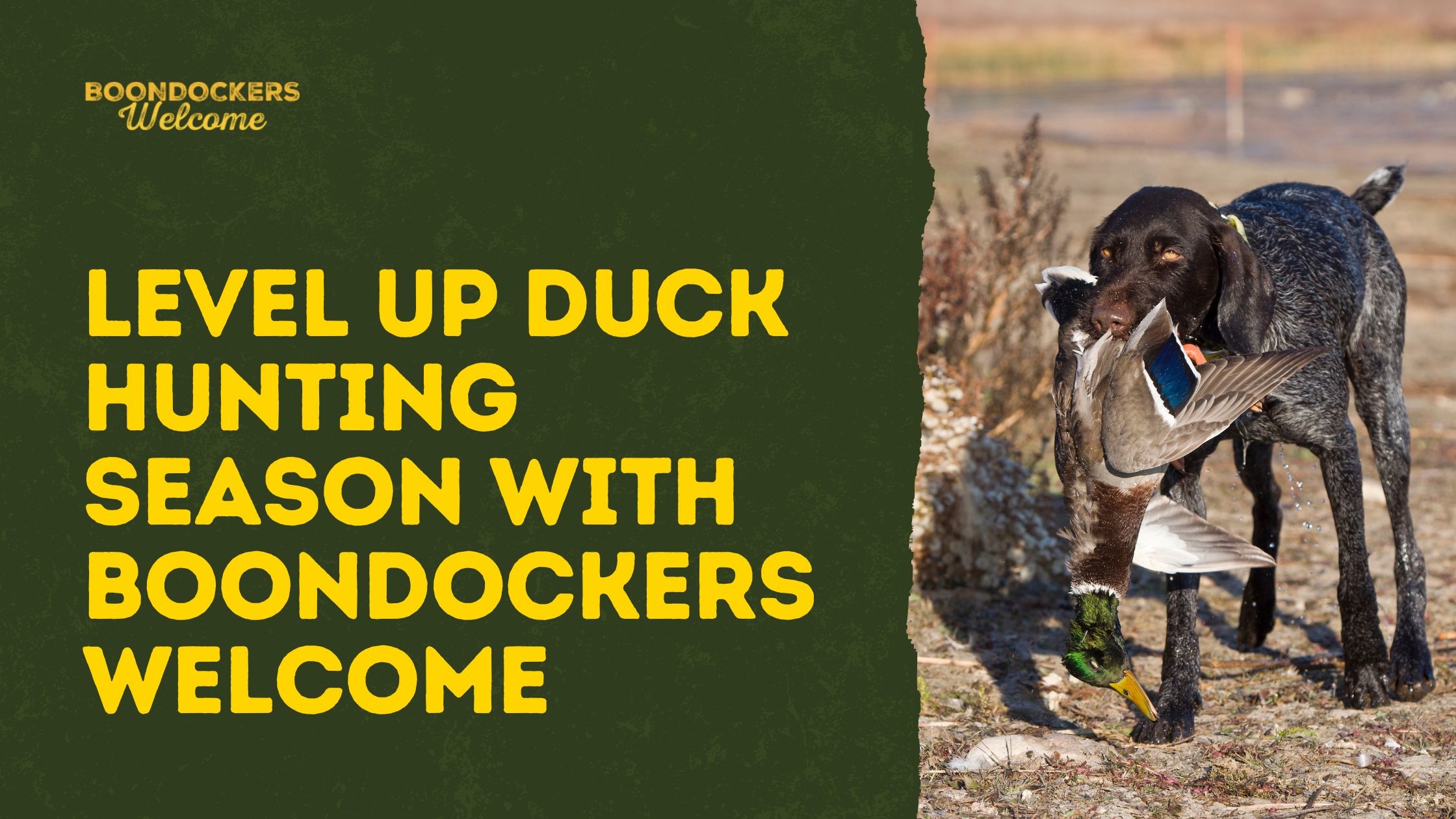RV Tips for Driving on Rough Roads
At age 76, my high adventure RVing is somewhat less frequent these days as my time seems better spent hosting fellow Boondockers Welcome guests rather than RVing into the outer reaches. However, I have had some experiences over the years that may be of some use to my younger, more adventurous brethren.
I took four 10,000-mile Alaska road trips from Denver between 1994 and 2000, the first two being with my Chevrolet Suburban towing a single axle Star-Craft popup tent trailer. I had heard all the horror stories about the “tire eating” roads so I was prepared with 3 spare wheels with new trailer tires, all inflated to the recommended pressure of 80 psi for the trailer tires. Additionally, I had all the equipment needed to change tires on the road, not only for the Suburban but for the trailer as well: chocks, jacks, jack stands, sections of 2” X 6” wood to extend the reach of the jacks, lug wrench, etc. Well, on that trip I lost 7 tires and was forced to pay sky-high prices and take what I could get in some very remote locations. I was not a happy camper tire-wise, but the trip was magnificent and I resolved to return the next year with the same rig.
Sometime toward the end of this trip, I was relating my tire woes to a veteran of the highway when he broke the code for me. He explained that the high-pressure trailer tires (80 psi) were fine for the higher speed, hard surface portions of the road as they limited tire flex and, therefore, heat build-up. He further explained that the knife-sharp rocks on the gravel portions of the roads, of which there were many, would cut through the tread of the high-pressure tires due to their inflexibility like a hot knife through butter. He said that he carries a tire pressure gauge and a portable air compressor, dropping his tire pressure to 50 psi for the slower, gravel portions of the road, thus increasing the flexibility of the tread and in turn enhancing its ability to handle the sharp rocks. He also suggested using LT (light truck) tires for the purposes of this trip as they have more tread plies that trailer tires, a good thing for gravel roads. Since heat build-up and dissipation is a function of the number of flexes vs dissipation time, the slower speeds on the gravel portions reduced the number of flexes per unit of time and the heat build-up due to the lower pressure was able to be relieved satisfactorily. I also made sure that my Suburban was equipped with light truck tires, including several spares for the next trip.
My 1995 Denver to Alaska trip with the same rig was accomplished in accordance with these recommendations with the same 3 spare wheels and light truck tires. I used two trailer spares in 10,000 miles. I also carried spares of all specialty components such as preformed coolant hoses, air filters, oil filters, fuel filters, all fluids, bulbs, etc. I remember seeing some folks in a remote area repair garage waiting a week for some vital component to be bussed up from Edmonton to their location so that they could get back onto the road.
Through these journeys, I have found that self-sufficiency is the key to a successful trip! This philosophy is applicable to any trip into remote areas where gravel roads might be encountered, not just Alaska trips.
Disclaimer: Please be advised that the tire pressures mentioned in this article were for my tires in use at the time. Never exceed the tire manufacturer’s recommended maximum tire pressures. If your tire manufacturer does not have a recommended pressure for operation on gravel roads, I would suggest a reduction of 20% – 40% below the maximum PSI be considered, depending upon your loaded weight. Observe your sidewall bulge after deflation and check your sidewall temperatures after a few miles of driving, which should be warm, but not hot. Do not forget to reinflate your tires to their recommended pressures prior to resuming highway speeds.
Learn More About Boondockers Welcome
We promise not to spam you!







Very good information. We just got back from a month long trip around Nova Scotia. We did quite a bit of gravel roads getting to does secluded spots. Some of them quite hard on the tire and the Rv. From now on we will keep this in mind and inflate accordingly.
Thanks D&D and Charlie
Discover elegance at the lalazar hotel naran by Nawabs Hotels and Resorts. Our hotel is tucked away in Naran's picturesque settings and provides first-rate lodging, incredible views, and first-rate services. Experience first-rate comfort and service to make your stay at Lalazar Hotel Naran genuinely unforgettable.
Shalamar Hospital is a leading surgical hospital Lahore , committed to delivering exceptional surgical services and setting high standards for patient care.
As a vital component of the International medical school network, Osh University is a trusted choice for higher education, providing students with a supportive environment and a rich academic experience.